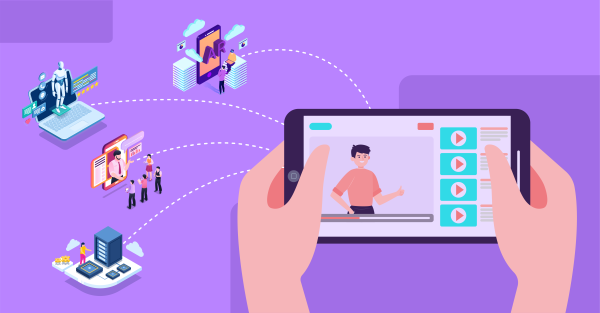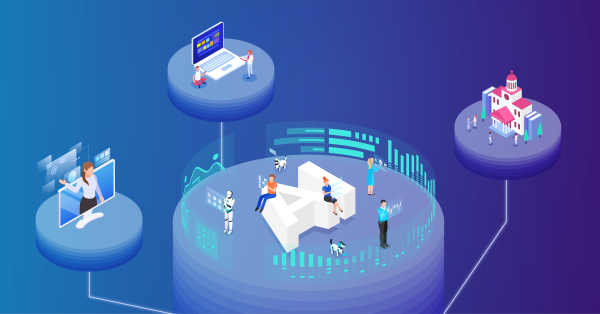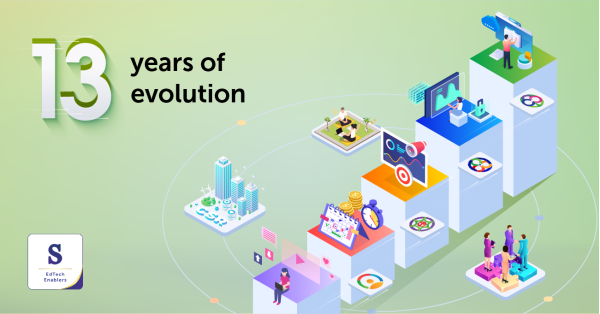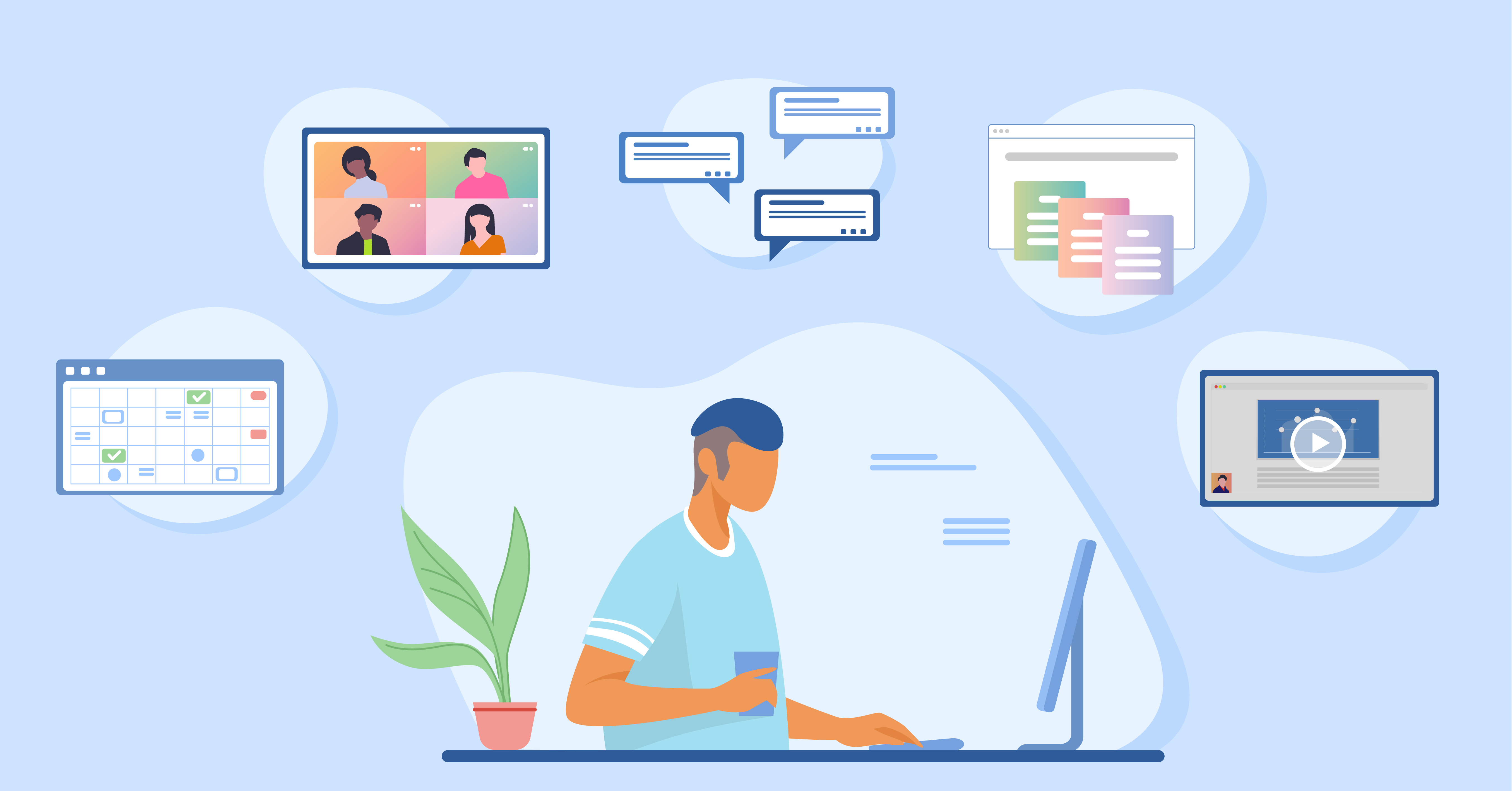
2020 has been a year of un-learning and re-learning in more ways than one! For one, all our previously staple ideas of studying have been turned upside down by this new wave of learning. Newer challenges, situations, or circumstances call for newer capabilities to be adapted to; and that requires acquiring a new set of skills for learning. And thus, with the breakout of the pandemic, the world of Education has taken to online learning in a big way.
Is that all? No. This was and is, still just the beginning of newer things to come.
“Necessity is the mother of invention,” and YES, indeed the very need to virtualize education has led us to explore various forms that online learning can take.
Online Learning: Where are we currently?
Online Education has taken a giant leap. There is an explosive growth in the popularity of online education due to its accessibility as well as convenience of time, & comfort which are the core features of the virtual world. Learners want to learn at their own pace and convenience while institutions want to expand the base of knowledge for students as well as reach out to a wider learner audience.
There are multiple kinds of online learning- Interactive learning, Synchronous learning, Asynchronous learning, and so on. Of these, interactive learning requires one to invest heavily not just in content development but also in the way it is delivered using AR / VR technologies. While this is not to say that synchronous learning or asynchronous learning is inexpensive, interactive learning is a heavy investment to make. Thus, many institutions opt for either synchronous or asynchronous learning or a blend of it.
In Synchronous online learning, the learner attends virtual real-time lectures while completing assignments at home. Some commonly used methods of synchronous learning include video conferencing, live chatting, live-streamed lectures, webinars, and so on, that must be viewed in real-time.
Whereas with Asynchronous online learning, the learner is expected to have the ability to self-learn, while having unlimited access to e-learning modules and being expected to complete assignments within the stipulated deadlines. Common methods of asynchronous online learning include e-documents (of chapters, presentations, notes, etc), pre-recorded audio and/or video content, virtual libraries, or online discussion forums.
Synchronous v/s Asynchronous Learning
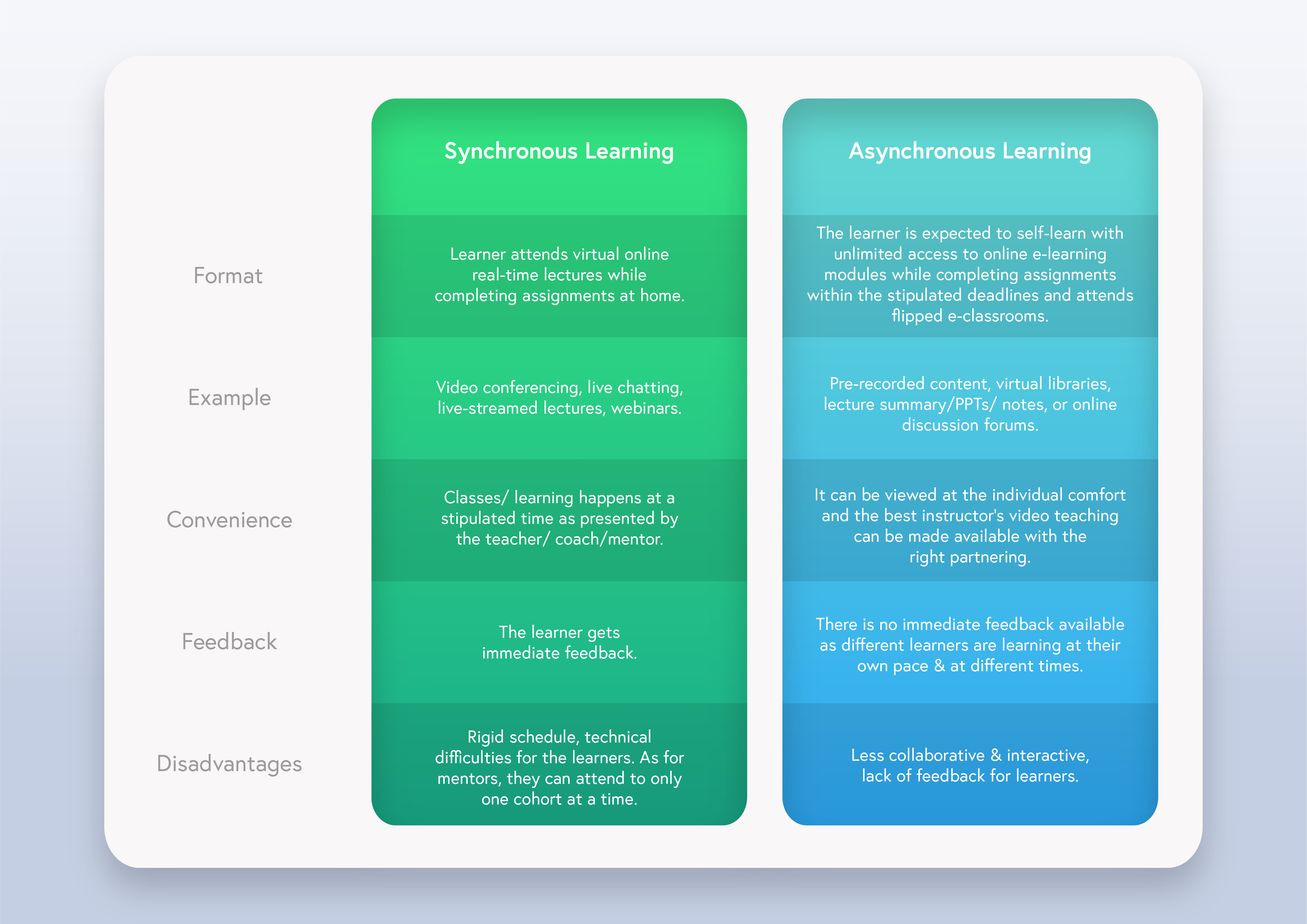
Given that each of these has its own sets of pros and cons, most institutions are now looking for the blended ‘MIX’ of the two. Hence, a way of getting immediate feedback through assessments and flipped e-classrooms while letting a learner learn at his/her own pace is to adopt ‘Blended Learning’.
Blended Learning is an approach of learning where online learning materials (for self-paced learning aka Asynchronous learning) and flipped classroom-based teaching methods for mentoring (aka flipping Synchronous learning) are combined. It calls for the learners to stay motivated and targeted on the learning journey, while the mentor (teacher) will assess, mentor, teach as well as facilitate learning for her learners.
Blended learning follows the ‘flipped class’ approach which is, literally a flipped classroom. In contrary to a regular classroom where a mentor teaches the learners different topics which they then go home and revise; a flipped-classroom enables the learner to learn at home (through e-documents) and get back to the mentor with doubts or clarifications. Such a unique flipped model helps students to learn at their own pace while implementing the learning with a mentor’s classroom presence.
Thus, it solves the woes of logistics and time; a learner can learn from anywhere at any time while a mentor can guide and mentor her throughout this journey. With more and more educational institutions looking at this as their go-to option, it may prove to be beneficial. It also helps Educational Institutions to scale pedagogy as blended learning has theoretically no limits on scaling because it is not a physical classroom or lecture bound; it is a different matter that there is a need for learning facilitation to keep up the learner’s progress within a cohort. All of this can now be addressed by having an AI-powered virtual mentor that can dissolve the woes of logistics and time while keeping the self-paced learning game right!
Furthermore, a lot of institutions are now also opting for predictive analysis enhancements to Learning Management Systems (LMS) - AI-powered virtual mentorship, real-time assessment, live chat-bots, etc that are quite beneficial for the learners as it trains them for learning competency and employability while it enables the mentors to attend to multiple cohorts at the same time.
Blended learning thus, seems like a rightful MIX of the pros of synchronous and asynchronous learning. New normals as presented now (by COVID) creates new disruptions. These new disruptive industries call for new jobs and skills. For such newer competencies, we will need a learning pedagogy that supports re-learning to address the demands of new skills that pay attention to the need for employability. Therefore, blended learning will supplement to bridge the gap between the two - Synchronous and Asynchronous learning while delivering online learning on a large scale.

